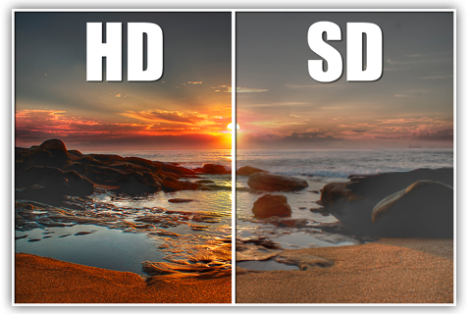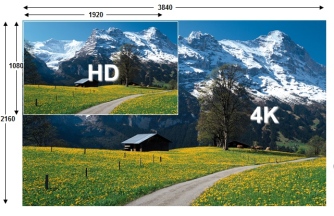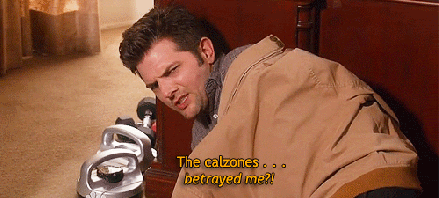
Dubsmash is a video message app that allows you to record yourself to a pre-selected synced sound clip. You can record yourself in a small mini video saying famous movie lines, singing songs, animal sounds, speeches, TV , internet hits, and many more. You can save the video to your phone, in fact that is the only way you can save the video. Then you can upload the video, to Facebook, Youtube,Snapchat, Instagram, Vine, or even via text. They do not yet have a page where you can upload your videos to the public, and view other dub videos. The owners of the app wanted the videos to be personal, for friends and family. While still leaving the option for you to upload your video on any social medium, this app is only for Ios and Android.
The app first came on the scene November 19, 2014. The founders of dubsmash are Jonas Druppel, Ronald Grenke, and Daniel Taschik. Seven days after they released the app, in their hometown of Germany it had reached number 1. Then after that 29 other countries pushed the app to number 1 as well, countries such as the UK, France, and Holland. Co- Founder Ronald Grenke stated,
“A first strong indicator for a hit was reaching the number one position in Germany within a week after the official release. Repeating this situation in a different markets confirmed that Dubsmash can be internationally successful”.
The app is still being upgraded, new features are coming to the app. The app will improve the sound discovery, add sound boards where you can upload your own sound and share as well as subscribe to other boards. This helps to make the displayed content way more relevant and personal to each individual user. They are also considering making a different app where you can upload and watch videos from other dubbers. The founders of dubsmash had made a previous app called Starlize that was not successful. The makers thought that the app was to complicated for most people although it was similar to dubsmash in certain ways.They learned a lot from the failed app and that’s where they realized they wanted to keep the app more personal.
Dubsmash started receiving attention from the media appearing on Good Morning Philadelphia, CBS, and other local news station across America.On the air the explained how the app works, and everyone had made their own videos.This is a clear example of taste making, and the news are the taste makers. Jack Lule wrote an article on taste makers, the article is called Understanding Media and Culture. In the article Jack says “Historically,Pop culture has been closely associated with mass media that encourage the adoption of certain trends. We see the media as taste makers people or institutions that shape the way others think, eat, listen, drink, dress and more. Taste makers can have a huge influence”.
Dubsmash also became known more in the USA, because they have a large selection of internet sensations. From small sound clips of Donna Gooding being arrested saying ” POP hold it down” , or who can forget the cute little boy “You think I am cute yes or no” and then he gives a little laugh. Songs from Nicki Minaj, Lil Wayne, U2, Meatloaf, etc. The famous speech from our former president Bill Clinton ” I did not have sexual relations with that woman” or the most recent speech from our current president Obama ” I have no more elections to win. I know because I won them all”.
I think that this app is Pop culture totally because, its fun and silly. You get to relive things that use to make you laugh. You can act and be certain character, animal, or make silly sounds. Then just upload them on other social sites and laugh with your friends. In today’s time a lot of like to record silly things that we do on a daily basis, thats why sites like snapchat, vine, insatgram are so successful. We post them for the world to see in hopes that one of or silly videos may go viral. I think that some people would love to become an internet sensations overnight. The app is simple anyone can use it, all age ranges. With the large sound collections ranging from 80s hits to the new millennium anyone can find a sound clip that they would want to use.









You must be logged in to post a comment.